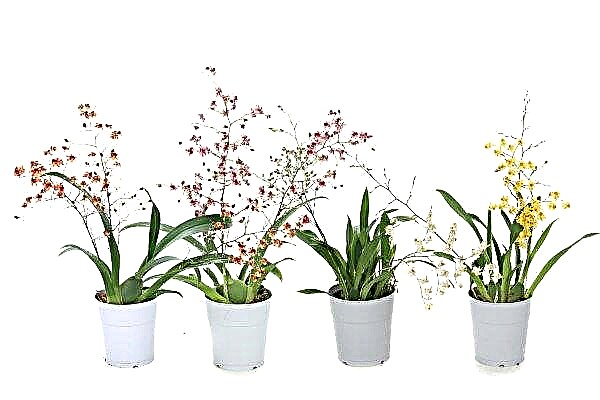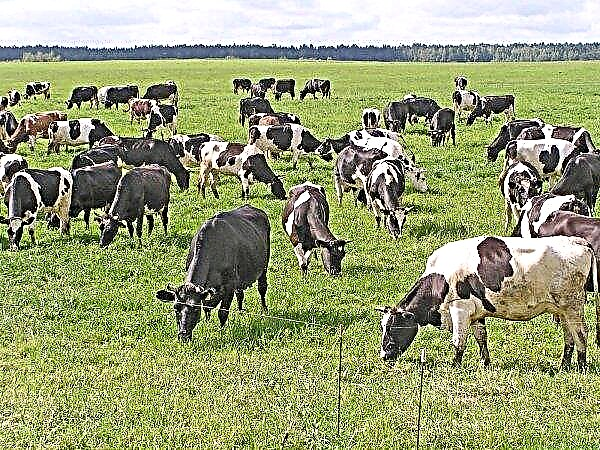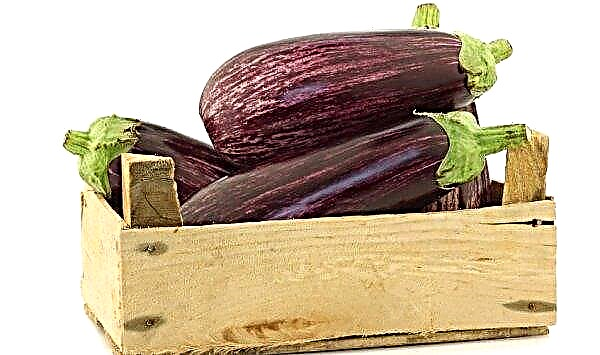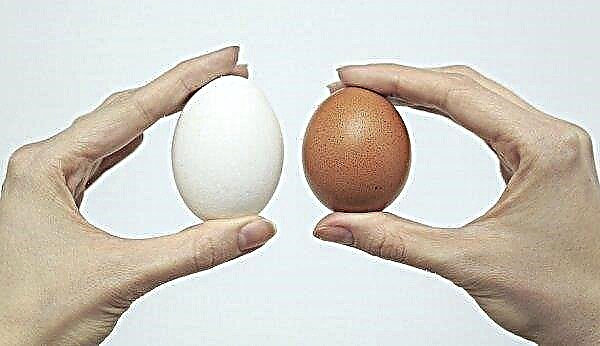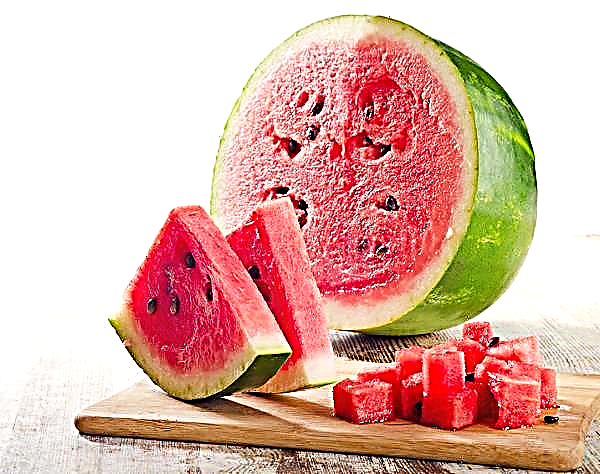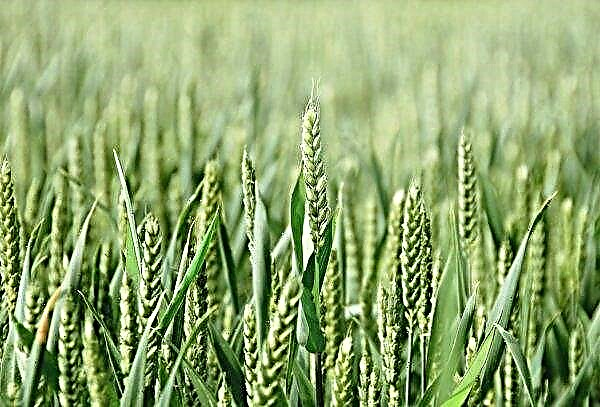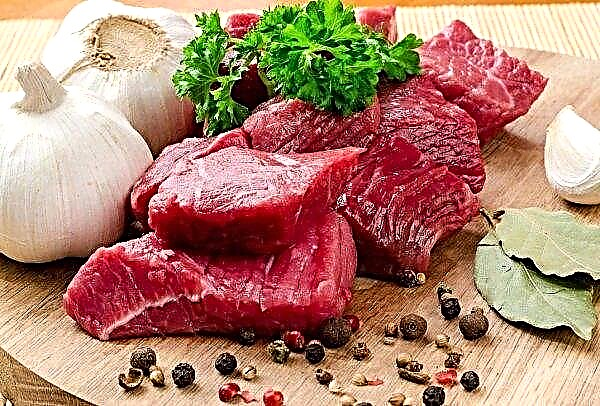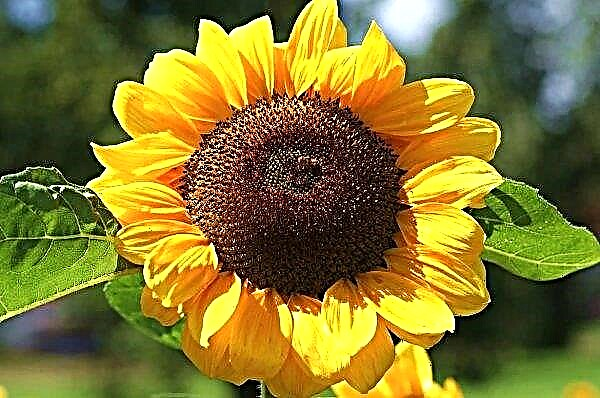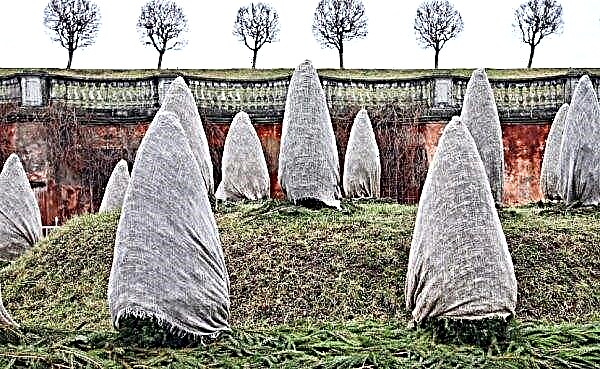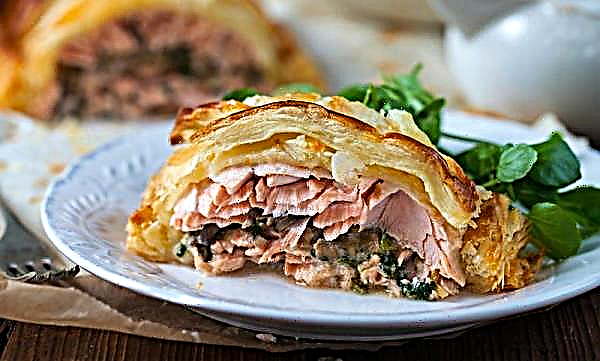When growing tomatoes in a greenhouse, one of the required procedures is the formation of bushes. The health of plants and their productivity will depend on how correctly you produce it. The article selected a number of recommendations for competent pruning of tomatoes, in particular, how and when to implement it.
Why cut tomatoes in a greenhouse
Tomato shrubs tend to grow strongly, forming a large number of foliage and stepsons. If you do not interfere in time with the formation of the bush, then all the energy and nutrients the plant will spend on the formation of green mass.
Pruning tomatoes when growing indoors is done for several purposes:
- Prevention of the development of diseases and attacks of harmful insects.
- The direction of the plant’s strength is not towards the development of green mass, but towards the formation of fruits.
- Thinning beds.
- Increased illumination, which contributes to the rapid setting and ripening of fruits.
- Increase in productivity indicators.
- Establishment of air exchange.
- Acceleration of fruit ripening.
- The formation of strong bushes.
- Contributing to the normal implementation of photosynthesis.
- Facilitates shrub care.
Did you know? Today there is no one opinion about what a tomato is - a vegetable, a berry or a fruit. So, in botany, it is considered a berry, in technological systematics - a vegetable crop. And according to the rules in force in the European Union, it is customary to rank it as fruit.
Note that not all greenhouse owners believe that pruning must be done. In their opinion, the more magnificent the leafy part, the richer the harvest. Adherents of the procedure, however, believe that only trimmed bushes are able to bear fruit in large numbers and of excellent quality. Mandatory pruning is carried out in indeterminate varieties, since their nutrients do not have time to reach the shoots on which the fruits are formed, and are more spent on the lower leaves and stepsons. In some cases, such bushes in the absence of timely pruning even cease to bloom and bear fruit.
After pruning, the plants get even access to light, they are easier to “breathe”, they develop better and bear fruit more actively, they are less at risk of disease damage, in particular late blight.
Basic rules and dates of the procedure
When cropping, you should follow these rules:
- Disinfect the instrument used before the procedure. To do this, use an alcohol-containing product, a dark solution of potassium permanganate or annealing over fire.
- Use only a sharp tool.
- Trim only healthy, well-grown bushes. If you suspect the development of the disease, treatment should be carried out first, and timed out with pruning.
- To tear off, break off or cut leaves and stepsons as carefully as possible so as not to damage the stem.
- Breaking the leaves to carry out not down, but to the side, so as not to damage the stem.
For the first time, pruning is done as soon as the first brushes begin to bloom, in July-August. At this time, the plants are already quite strong. In the future, pruning should be done as soon as new shoots appear and the green mass grows strongly, with a frequency of 9–13 days. It is better to plan the procedure on a good morning, so that the places of cuts can be delayed until the evening.
Important! In order to avoid the development of fungal diseases and so that a new stepson does not grow in the place of the removed stepson, hemp should be left at a height of 1-1.5 cm when pruning.
What leaves are pruned?
It is necessary to prune leaves that:
- have contact with the soil;
- contact with other bushes;
- are below the first flower brush;
- close the light to other parts of the plant;
- obscure other bushes;
- yellowed and aged;
- affected by the disease;
- damaged;
- are under peduncles.
In addition to the leaves, stepsons are also removed - the side shoots growing from the leaf sinuses. They do not play any role for tomato bushes; instead, they consume the nutrients so necessary for the formation of fruits. Stepsons are removed when they reach a length of 5-6 cm.
Features and trimming technology
Cutting technology depends on the type and variety of tomato. All tomatoes are divided into indeterminate (tall), semi-determinant (medium-tall) and determinant (low-growing). In the greenhouse, as a rule, the first 2 species are grown. You can find out what kind of cultivar you are growing from the information on the packaging with seeds.
Important! Not all tomato varieties need pruning. This procedure is not required for plants that have stunted bushes, and standard specimens.
Super early variety
Superearly tall and medium-sized tomatoes are cut according to standard technology - they remove all the lower leaves, all stepsons, leaving only one for the formation of the second stem, and pinch the tops.
Note that among tomatoes with such a ripening period there are varieties that do not need to be formed and pinch. Before planting a particular varietal specimen, you need to ask if this procedure is required for them or not.
Tall (indeterminate) tomato
The technology for trimming tall bushes is as follows:
- Gradually cut off all the leaves placed below the first flower brush, leaving the stem bare to a height of 30 cm.
- As soon as the subsequent brushes begin to bloom, the leaves should be removed and under them - 1-2 in a week.
- When stepchildren appear, leave the strongest of them, and remove the rest.
- In August, you need to pinch all the tops. This will stop the growth of the bushes.

Semi-Determinant Varieties and Hybrids
The pruning technology for semi-determinant varieties will only slightly differ from tall bushes. The differences are that these tomatoes need to be formed into 2 stems.
To do this, you must:
- Leave the stepson, placed at the bottom of the first flower brush. This will be the second stem.
- Remove all other lateral shoots growing in the axils of the leaves.
- If the main stem does not stop growing but continues to grow, the second stem can be removed over time.
Further care
Usually, after correctly pruning, the tomatoes recover well and quickly.
In the evening after the procedure, plants can be treated with "Furacilin" (10 tablets / 10 l of water). This will help protect them from the development of late blight.
Watering can be resumed after a day.
Useful Growing Tips
In addition to pruning, tomatoes also require other mandatory care procedures: regular watering, top dressing, tying, loosening and mulching.
In order for the plants to grow up healthy and delighted with a high-quality abundant crop, it is necessary to use the following recommendations for creating an optimal climate in the greenhouse and care:
- Since tomatoes love light and heat, in order for them to grow successfully, it is necessary to maintain the temperature at + 20 ... + 22 ° C during the day, +16 ... + 17 ° C at night.
- Watering is carried out when the top soil layer dries up, before flowering - in 4–5 days, using 4–5 l per 1 m², after flowering - in 3–4 days, pouring 10–13 l per 1 m². Overmoistening should be avoided.
- The best way to water for tomatoes is drip. If this is not possible, then moisturizing is done under the root, avoiding moisture entering the ground organs of the plant.
- Water the bushes in the morning.
- 2 hours after the plants were moistened, in the greenhouse building, it is necessary to open the doors and transoms in order to provoke good air circulation.
- After watering, it is recommended not to loosen the soil, but to mulch it with straw or dry grass with a layer of 10-12 cm. This will save the necessary amount of moisture in the ground.
- Watering should be done with water heated to +18 ... + 20 ° С in warm time and up to +22 ... + 24 ° С - in cold.
- You need to feed the bushes three times a season: 21 days after planting the seedlings in closed ground (0.5 l mullein + 10 l water + 1 tbsp. Nitrophoski), 10 days after the first feeding (1 tbsp. Complex mineral fertilizer + 1 including potassium sulfate + 10 l of water), after 12 days (2 tbsp of wood ash + 1 tbsp of superphosphate + 10 l of water).
- On 3-4 days after planting seedlings in the ground, it is necessary to tie it to linear or frame trellises.
Did you know? In the city of Bunyol (Spain), every year, at the end of summer, the international festival La Tomatina is held, during which the indigenous population and visiting tourists arrange a battle with tomatoes. Fruits for this purpose in the amount of 100 tons are provided by local authorities.
So, pruning tomatoes in a greenhouse has many advantages. To increase productivity and maintain the health of the bushes should be done necessarily and regularly, adhering to the rules and recommendations.


